One aspect of Spanish dining that almost never ceases to pleasantly surprise visitors is the concept of the menú del día, or menu of the day.
Ubiquitous, affordable, and traditional, it is a great way for any visitor to Spain to see how Spaniards dine on weekdays when lunches are shorter (read as: when lunch has to last about an hour).
So what is the menú del día in Madrid, anyway, and where can you find the best ones in town?
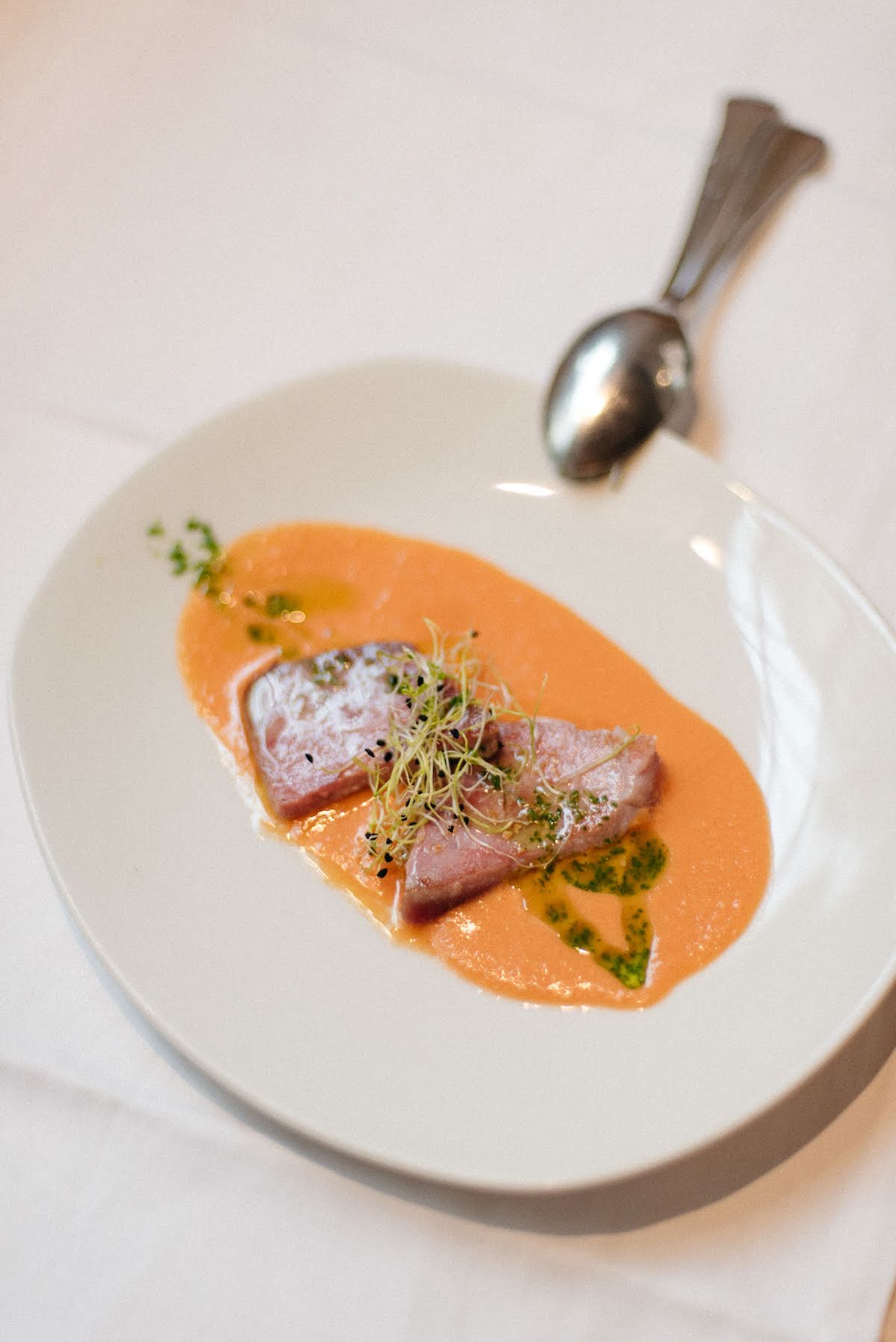
Here in Spain, weekends and holidays are all about big lunches.
Family gatherings and long lunches on the weekends begin with a pre-meal vermouth with some small nibbles before transforming into a proper sit-down, two-course-minimum lunch paired with beer and wine. Following that is dessert, coffee, a digestif, and finally gin and tonics to keep the post-meal chatter rolling.
However, as you might expect, these long meals aren’t exactly favorable when you have to put in a few more hours in the office afterwards. And so how does your average Spaniard dine during the week? The answer here is the marvelously economical menú del día.
What Is a Menú del Día?
The menú del día is a lovely tradition of bringing homemade classics to working-class people at reasonable prices. It comes with the bonus of valuing that sacred time in the middle of the day when we break from work and feed ourselves.
The idea is brilliant, and an astonishing feat for any restaurant owner. Offer a minimum of three first course options and three second course options for diners to choose from. Add on a drink, dessert, and bread for an average price of €12.80 (or €13.90 in Madrid, according to a 2022 report) and you can manage to draw in all those who can’t manage to bring their lunch to work and want a simple sit-down meal.
And what kind of food are we talking about? All the classics, and in most cases they will be homemade. Many staples of the Spanish kitchen are also regular fixtures on the common weekday lunch menu.
The first course is usually light on the protein and heavier on veggies and legumes. Think lentils with sausage, vegetable puree, or a simple paella. The second course is where most of the meat comes in; lamb chops, roasted chicken, or grilled fish are common options.
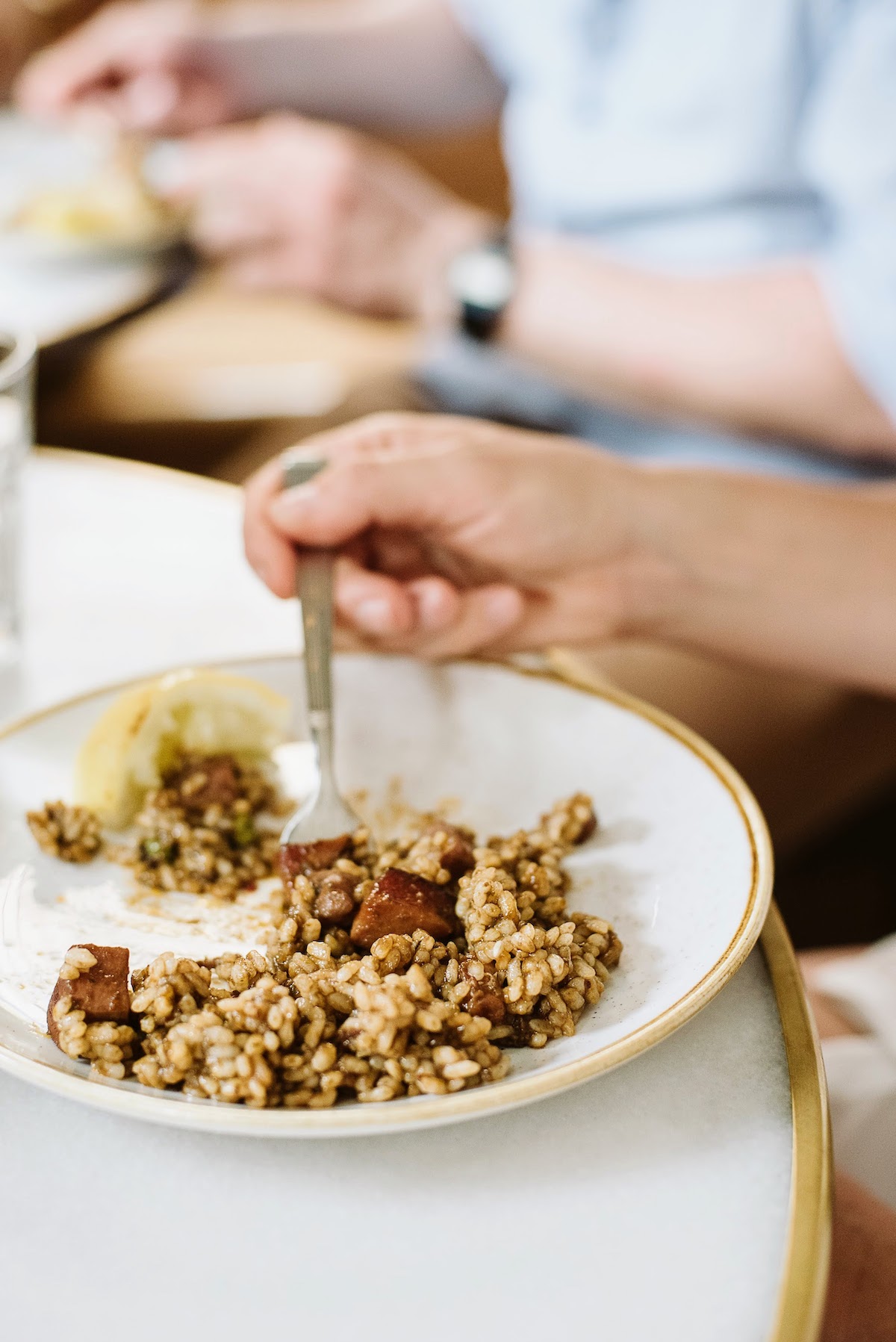
How Restaurants Pull It Off
To see the work that goes into one of the best menús del día in Madrid, let’s turn to Bar Selva in the Malasaña district—a short walk from the touristy and mediocre offerings of Gran Via.
Run by two brothers, Carmelo and Antonio, Bar Selva has an almost cult-like following. They have barely raised their prices since 2012 due to both the recession and their desire to honor the local patrons.
Spanish newspaper El Mundo wrote a piece in 2016 detailing the inner workings of this popular Madrid menú del día establishment. From making use of leftovers by incorporating them into the evening’s free tapa, to the cost-saving procurement of ingredients from the nearby Mostenses Market, to the math behind how many menus will need to be sold daily in order to make a profit, it’s obvious that offering this level of variety and quality five days a week is an astonishing feat. (Especially given that all food served is homemade and the restaurant is quite small!)
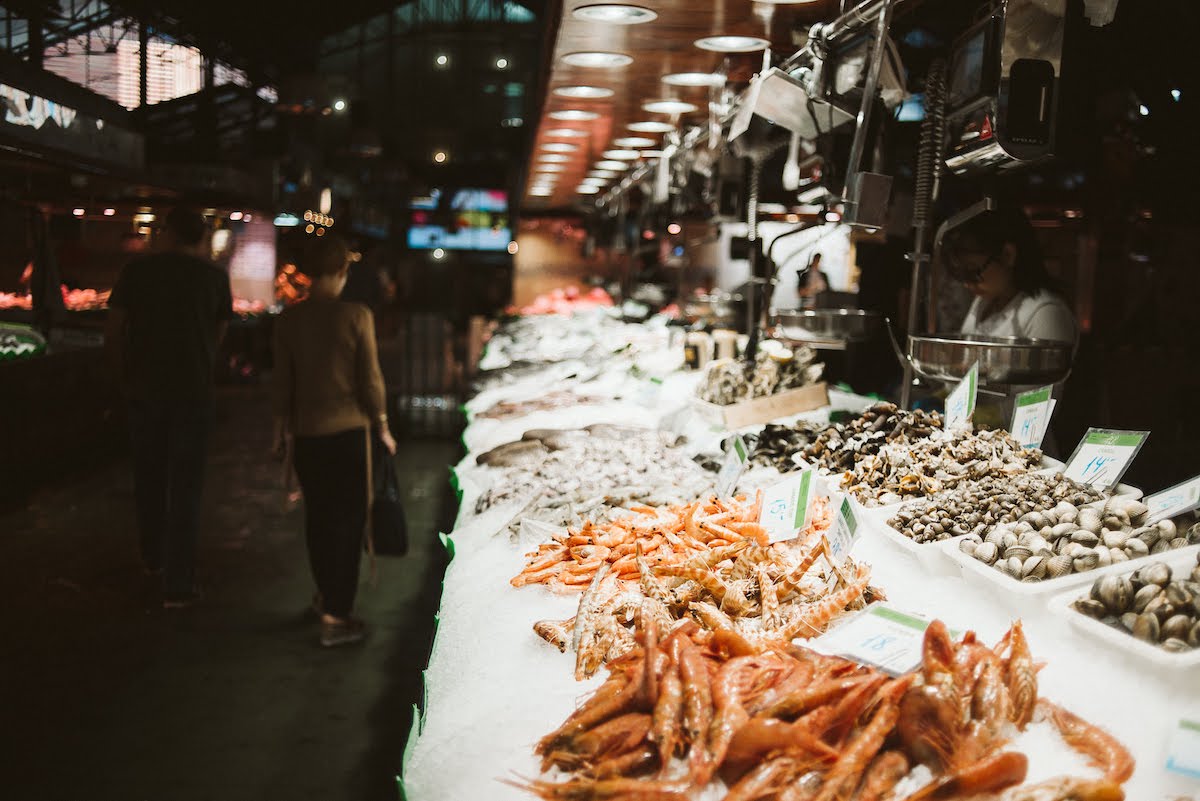
The Worst Menús in Madrid
While traveling in Spain, you may also hear of a peculiar onetime offering on Spanish menus: the menú turístico, or tourist menu. The two have a shared past with an interesting relationship.
With the “Spain is different” marketing campaign of the late 1950s, Spain saw an enormous increase in tourism: from 2.9 million visitors in 1959 to 11.1 million visitors in 1965. Fascist dictator Francisco Franco decided to introduce legislation to implement the both the “tourist menu” and the “menu of the day” to make sure all visitors could enjoy the famed local gastronomy.
So what’s happened over the past 60 years since the establishment of the menú turístico and the menú del día? The former, rarely if ever seen today, became a predictable tourist trap, offering what tourists think they have to eat while in Spain. The menu of the day, on the other hand, has become a staple of weekday Spanish dining among locals.
Where to Find the Best Menú del Día in Madrid
We all know the best way to experience the local cuisine is by eating in the homes of locals. This, however, will most likely be difficult for the average traveler. However, the next best thing is always a menú del día. Nothing beats settling in amongst the local construction workers in paint splattered clothes and nearby office workers cherishing our favorite time of the day: la hora de comer.
Need some help narrowing it down? Here are a handful of spots serving menús worth your time.
Restaurante Badila
Badila (C. de San Pedro Mártir, 6) serves up homemade classic Spanish dishes with French influence. While the price of this menú del día is a few Euros higher than those around it, the quality is definitely worth it – and still a great bargain compared to evening dining options! Come hungry, enjoy the delicious meal, and take a nap afterwards.
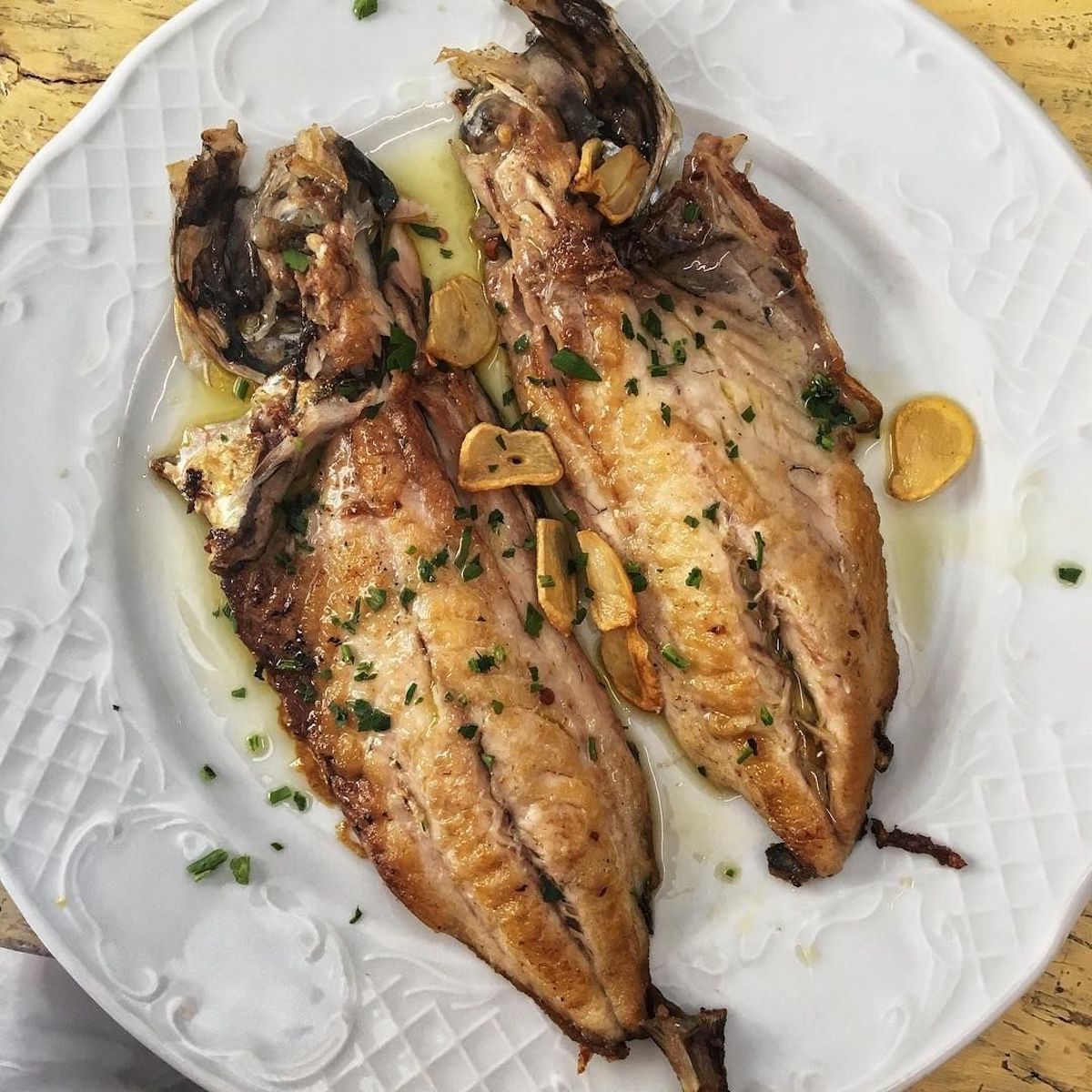
Bar Selva
As far as price is concerned, this place is hard to beat. The mix of Malasaña hipsters and local construction workers is a testament to its value and authenticity. And if you’re looking for cheap and stiff gin and tonics at night, Bar Selva (Pl. de los Mostenses, 7) doesn’t get more local than that.
Kausa Madrid
Maybe you didn’t come to Spain for Peruvian food, but international cuisine and immigration is at the core of what’s shaping the Madrid food scene. At Kausa, you can have ceviche, roast chicken, and the best passionfruit mousse you’ve ever tried as part of their menú del día.
Fuente de la Fama
Centrally located near Madrid’s golden art triangle, Restaurant Fuente de la Fama is a special-occasion spot with an incredible menú del día. (Think Thursday lunch out before a long weekend!) Try the paella and roast lamb if they’re available—you can thank us later.
Casa Macareno
A beautiful, classic Spanish tavern located in the hip Malasaña district, Casa Macareno’s old-school vibes are the perfect setting for tucking into a set lunch menu. Expect traditional – and delicious – dishes such as tomato salad, stewed lentils, and slow-cooked pork cheek.
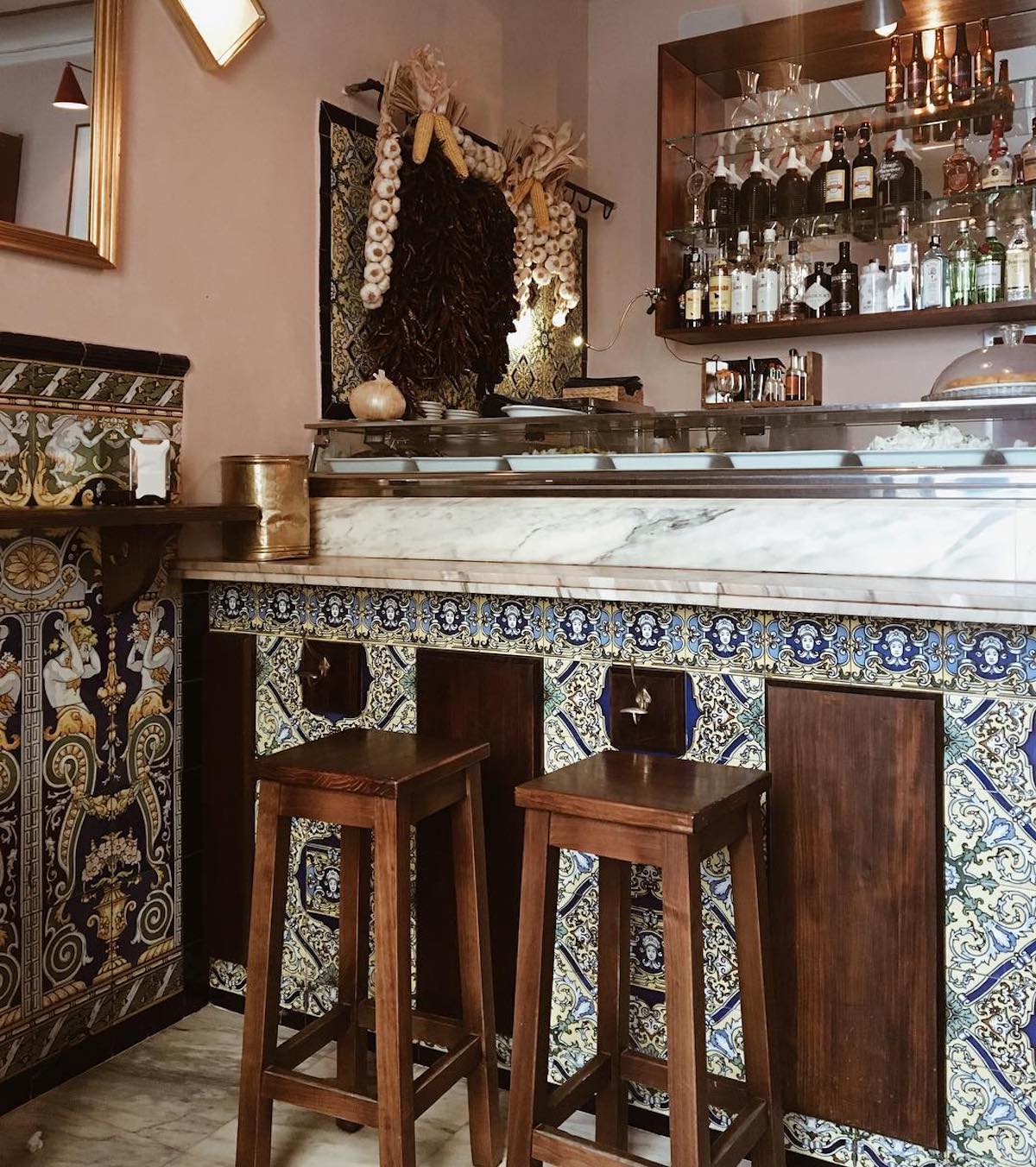
Menú del Día FAQs
Is the menú del día available every day?
Most menús del día are only available on weekdays. Some restaurants will serve a similar menú de fin de semana on weekends, though these have a higher price point.
When can I order a menú del día?
The menú del día is typically available at lunch time, which is usually served between 2 and 3:30 p.m. in Spain.
Can I order off-menu when getting a menú del día?
Restaurant owners take great care in selecting and planning options for a menú del día, so expect to be able to order only what’s available. Easy adaptations to the existing options can be made for allergies or other dietary needs (such as omitting the typical diced ham and egg topping on salmorejo for vegans), but you won’t be able to choose a whole other off-menu dish entirely.
Update notice: This post was updated on August 31, 2023.
Want to learn even more about the ins and outs of dining out in Spain like a local? Our Ultimate Spanish Cuisine Tour is calling your name. Join us for a morning exploring Madrid’s best bakeries, bars and restaurants and learn all about how to devour Spain’s capital madrileño style!